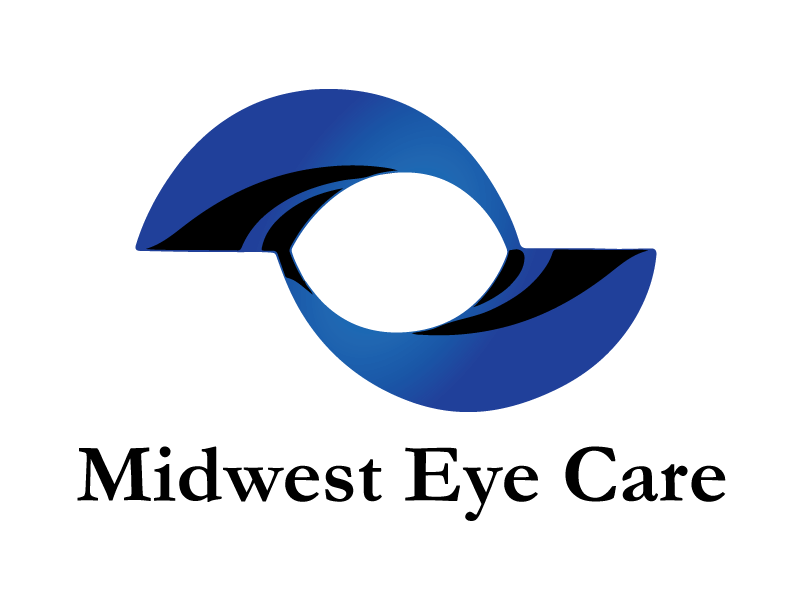 Fuchs’ dystrophy is a slowly progressing disease in which the cornea loses its normal transparency because of gradual loss of cells on the back surface of the cornea. This gradual cell loss results in progressive edema (swelling) of the cornea that causes the cornea to become cloudy. The rate of progression and the severity of the edema varies greatly from patient to patient. In advanced corneal edema the surface of the cornea may break down and lead to severe discomfort.
Fuchs’ dystrophy is a slowly progressing disease in which the cornea loses its normal transparency because of gradual loss of cells on the back surface of the cornea. This gradual cell loss results in progressive edema (swelling) of the cornea that causes the cornea to become cloudy. The rate of progression and the severity of the edema varies greatly from patient to patient. In advanced corneal edema the surface of the cornea may break down and lead to severe discomfort.
There are many types of corneal dystrophies. Though different, Fuchs’ and many of these corneal dystrophies share many of the same characteristics: they may be inherited, may affect both eyes, are not caused by any factors outside of the body, progress gradually, and are usually unrelated to any systemic diseases. Common symptoms of corneal dystrophies include cloudy vision, fluctuating vision, glare around lights, light sensitivity, and a feeling that something is in the eye.
Fuch’s dystrophy and other corneal dystrophies are usually diagnosed by your eye doctor by simply examining the cornea with a slit lamp microscope. Once the diagnosis is made, a course of periodic eye exams will document the disease’s progression.
In mild cases, treatment with eye medications will help improve symptoms. In more advanced cases, surgery may be indicated to treat some corneal dystrophies. The most established surgical option is penetrating keratoplasty, in which is a corneal transplant surgery where the patient’s entire cornea is replaced with a donor corneal. In the mid 1990’s, PTK (phototherapeutic keratectomy) was developed to treat corneal dystrophies on the surface of the cornea by removing the diseased tissue with an excimer laser. Corneal dystrophies involving deeper layers of the cornea, such as Fuch’s dystrophy, may be effectively with a corneal transplant procedure called DSEK (Descemets Stripping Endothelial Keratoplasty). With DSEK, the back portion of the cornea called the endothelium is replaced rather than the entire cornea.

